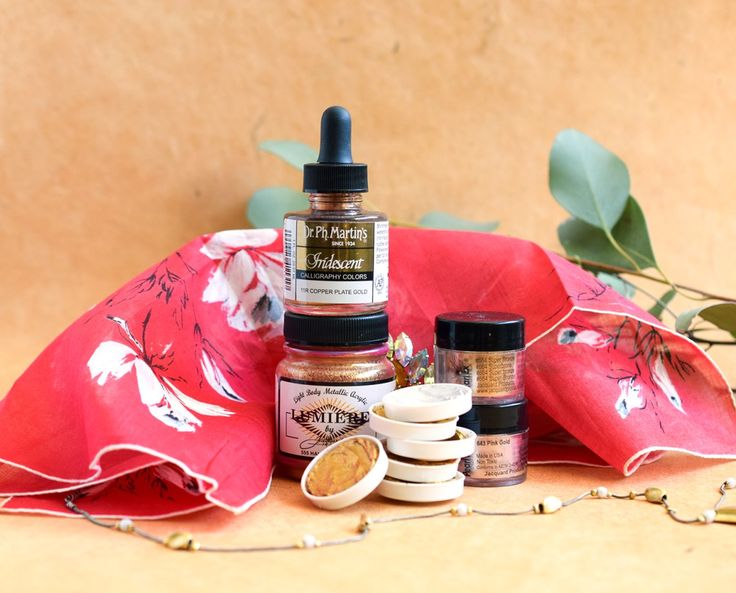The Types of Drawing Inks
Posted by Editor in Education on Jun 23rd, 2017 | 0 commentsDrawing ink are used for calligraphy and illustrations. The first confirmed appearance of the ink was in China made from lamp oil, pinewood smoke and gelatin from skins of animals. Today there are a lot ink colors to choose from besides the standard black and white inks.

Here are the types of drawing and calligraphy inks available today.
1. Alcohol-based
Alcohol-based inks dry fast, are acid-free and produce vibrant colors. They are made from solid-based dyes. You can usually find this ink in permanent markers. Some people can create this ink out of other household items. It is used to paint surfaces like glass, plastic and other non-porous materials.
2. Pigment-based
Pigment-based inks have color pigments and a binding agent. The agent is made from either acrylic or shellac. Artists usually choose this ink for calligraphy and as inks for fountain pens. They are also known as India ink or China ink.
3. Solvent-based
Solvent-based inks have a strong smell but are waterproof, longer-lasting, scratch-proof and have a bright color. In fact, they don’t fade. They are used on materials that are non-absorbent. This type of ink is made from pigment, carrier fluid and resin. Solvent-based inks are used in printers.
4. Water-based
Water-based inks have dyes that are light and thin. They dry quickly, are water-proof and don’t have a strong smell. They are also called dye-based inks because the dyes they contain are chemically dissolved.
Ink Quality

When purchasing inks, here are the factors you need to consider.
1. Drying Time
Some inks are quick-drying, ideal for those who don’t want smudges while they work. It’s also important to check the difference of the hue when the ink is wet or dry.
2. Thickness
This refers to the blackness or lightness of the ink. Not all black inks for example have the same hue. Some are very black while others are lighter. The best way to determine how black the black ink is is to try it on paper. Some inks also appear lighter when dry than when wet.
3. Feathering
Feathering refers to the quality of the nib or tip to create blurry lines that look like feathers. Some quick-dry inks don’t produce feathering because the flow of ink is more controlled.
4. Finish
The finish can either be glossy or matte. This can be determined when the ink is dry. Glossy is lustrous or shiny, while matte looks smooth and dull.
5. Solubility
This refers to the quality of being dissolved by water or other substances. If you don’t want your artwork to have smudges when you apply another paint for example, use waterproof and marker-proof inks.
 size=”4″>Types of Inks
size=”4″>Types of Inks


Leave a Reply